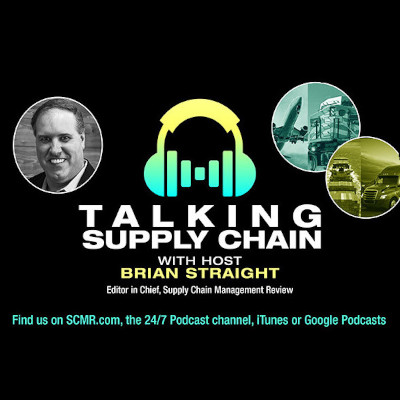Editor’s note: Mark Dohnalek is President & CEO of Pivot International, the Kansas-based global product development, engineering & manufacturing firm.
2020 was the year of the coronavirus pandemic. It was also the year of the coronavirus vaccine. But it hasn’t yet given us total and complete inoculation to safely and efficiently resume global operations. In other words, we can’t pick up where we left off. So, as we close this year and move into 2021, business will not go on as usual when something very unusual is still very much going on.
What does this mean for manufacturers and supply chain partners who are eager to bust 2021 wide open with innovation, production, and distribution? It means we will only be successful in leading with a sensibility that leads with a new normal sensibility.
Between the ongoing U.S.-China trade tensions and the chaotic disruption of COVID-19, companies are only now catching their breath and sufficiently thinking through the risks of supply chain globalization. But as we know, when one door closes, a window opens because with disruption comes innovation and the rapid acceleration of new and inventive processes. While all of this has created exciting opportunities, it is coupled with steep challenges.
Here are a few “new normal” trends that we can expect to better prepare and strategize for the future.
1. Offshoring will not be the obvious solution anymore. While globalization drove unprecedented efficiencies, it also drove exponential risk.
The 25-year trend for offshoring is beginning to reverse, radically accelerating the trend for reshoring and setting the stage for a resurgence of North American and Western manufacturing, along with alternative Asia locations outside of China. Manufacturers and supply chain companies realize that reshoring will come with cost increases, making competition even more fierce, which is why companies will still need to invest in strong global supply chains despite increased localization. Otherwise, instead of reshoring’s higher price point, they won’t be able to gain an advantage on an increasingly competitive playing field.
2. Alternative supplier locations and companies won’t be an option but a requirement. Although global manufacturing is here to stay,
manufacturers will need to find alternatives to China-only when it comes to the offshore manufacturing of security-sensitive or critical components. The trend will be to find Asian-based manufacturing benefits without relying on China. Asia will remain “brand strong” for manufacturing, but equal or better alternatives can be found in the Philippines and other locations to achieve greater prominence. To ensure success, it’s necessary to diversify partners across your various initiatives and projects. You will also need a growing list of suppliers and partners who can “hit the ground running” to help move your sourcing, production, and distribution forward if one of the other companies hit obstacles based on uncontrollable events.
3. More partnerships for integrative knowledge and operations. It will become necessary to close knowledge and skills gaps.
The only way to do this at an acceptable speed will be to team up with partners who have integrative operations. Carefully vet prospective partners looking for a proven track record with clients worldwide. A worthy partner will possess the supply chain transparency, agility, and market insight for helping your company rapidly respond to the unpredictable demand curves that we can expect to see for the foreseeable future. Your successful integrative partnership should provide you proven expertise in end-to-end product development, manufacturing, and supply chain optimization. This includes proof-of-concept, prototyping, design, engineering, production, distribution, and other phases.
As we wrap up this year and stand at the threshold of a post-pandemic world, companies are thinking through the implications of supply chain globalization to innovate new solutions to new challenges. Although these challenges are formidable, they bring with them emerging market opportunities. Companies that seize these opportunities will be among those that enjoy the greatest growth and become industry leaders of the coming manufacturing era.
SC
MR

Latest Supply Chain News
Latest Podcast

 Explore
Explore
Business Management News
- U.S.-bound containerized import shipments are up in June and first half of 2024
- Expand supply chain metrics to cover the complete customer experience
- When disaster strikes, the supply chain becomes the key to life
- Leadership development for supply chain leaders
- A smarter approach to sustainability is vital for healthy, resilient supply chains
- When the scales tilt: Making vaccine access work for all
- More Business Management
Latest Business Management Resources

Subscribe

Supply Chain Management Review delivers the best industry content.

Editors’ Picks




